fact

Diamonds Are Forever: Artists and Writers on Baseball
For the uninitiated, the poetic mysteries of baseball can seem elusive if not downright silly. Diamonds Are Forever: Artists and Writers on Baseball (Chronicle), a print version of the Smithsonian Institution exhibition of the same name, doesn’t set

Detective Samuel de Champlain
One of the pleasures of reading for no particular reason is coming across hidden stories, involuntary essays, samples of what someone once called “found literature”—as opposed, I imagine, to the literature that states its official identity on the cover. Leafing through a book on Samuel de Champlain, I came across, of all things, a detective story.

Re-hanging the National Wallpaper
When I lived in Ottawa in the 1970s, I used to enjoy passing lazy afternoons at the National Gallery looking at the pictures. I remember how surprised I was when I first encountered the Group of Seven collection. These paintings were completely familiar—I’d seen them in schoolbooks and on calendars, posters, t-shirts, everywhere—yet at the same time they were completely unexpected.
.svg)
Regeneration, The Eye in the Door and The Ghost Road
On my summer holiday I immersed myself in World War I, thanks to a friend who loaned me all three parts of Pat Barker's trilogy: Regeneration, The Eye in the Door and The Ghost Road (Plume/Penguin). This is a large and important work conveniently pac
.svg)
River Queen: The Amazing Story of Tugboat Titan Lucille Johnstone
Eventually Lucille Johnstone told her story to Paul E. Levy, who made it into a book, River Queen: The Amazing Story of Tugboat Titan Lucille Johnstone (Harbour), an absorbing read even for people who think they’re not interested in reading about bus


































































.jpeg)
















.jpg)
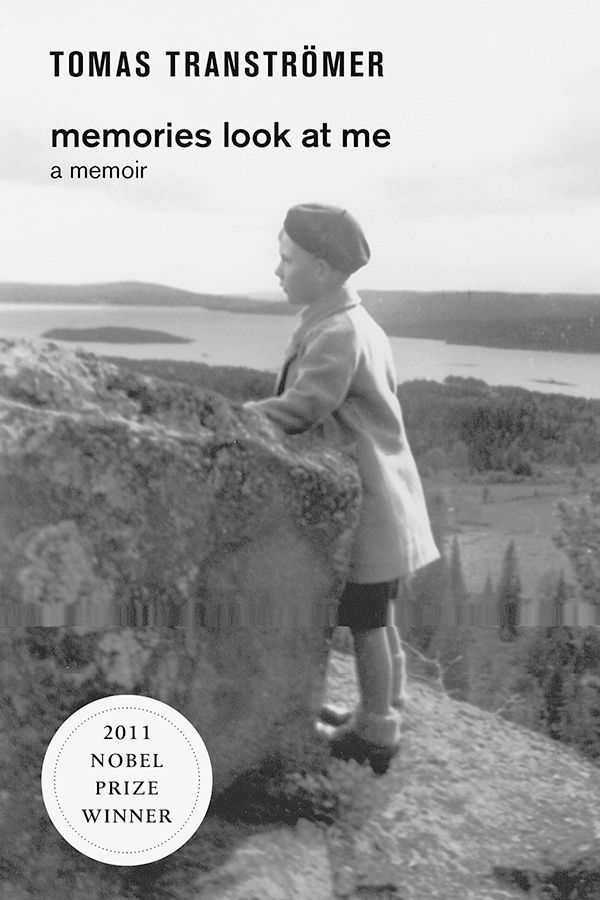
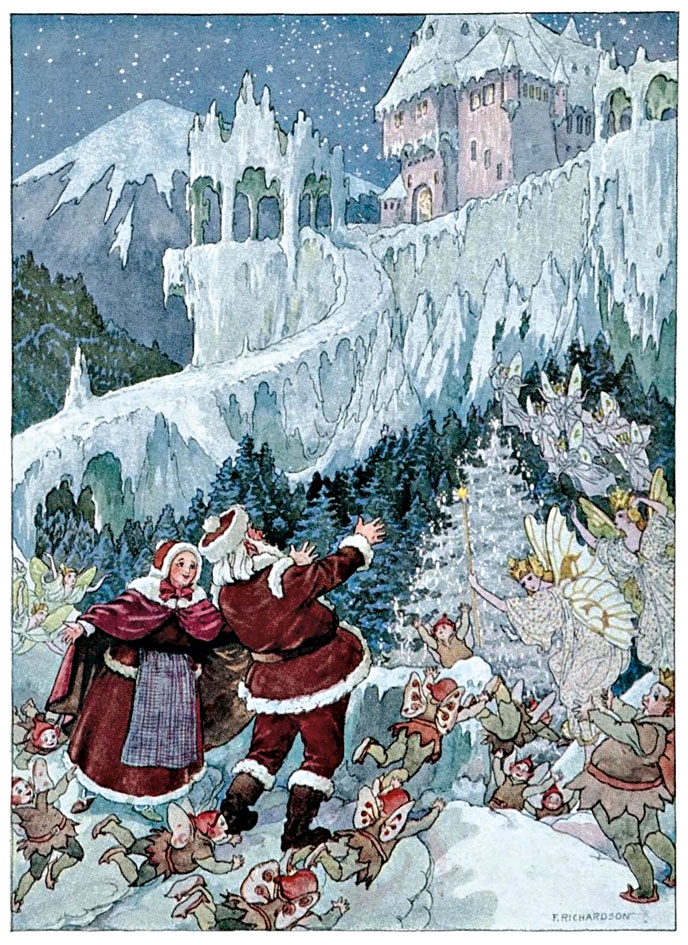
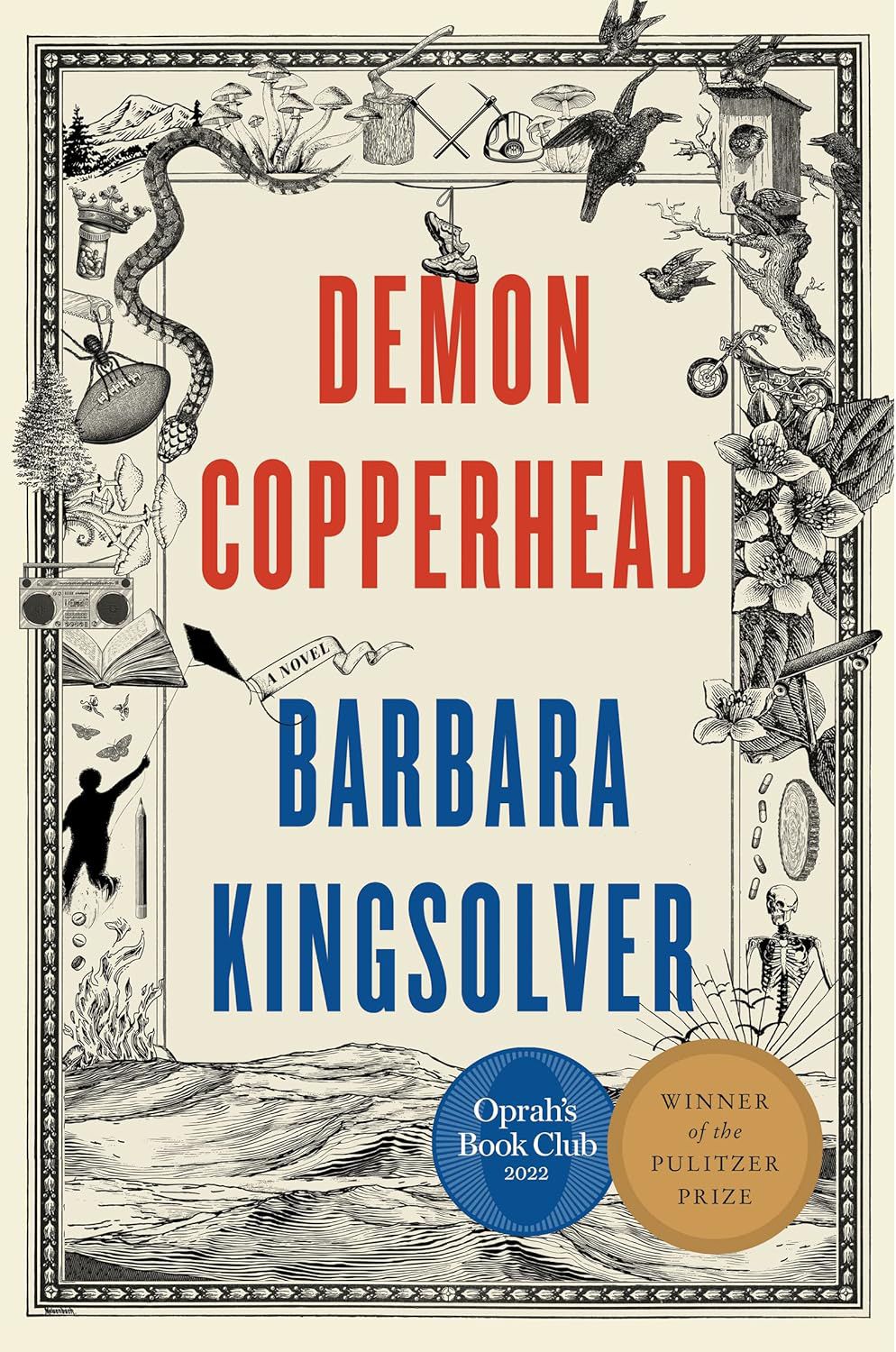



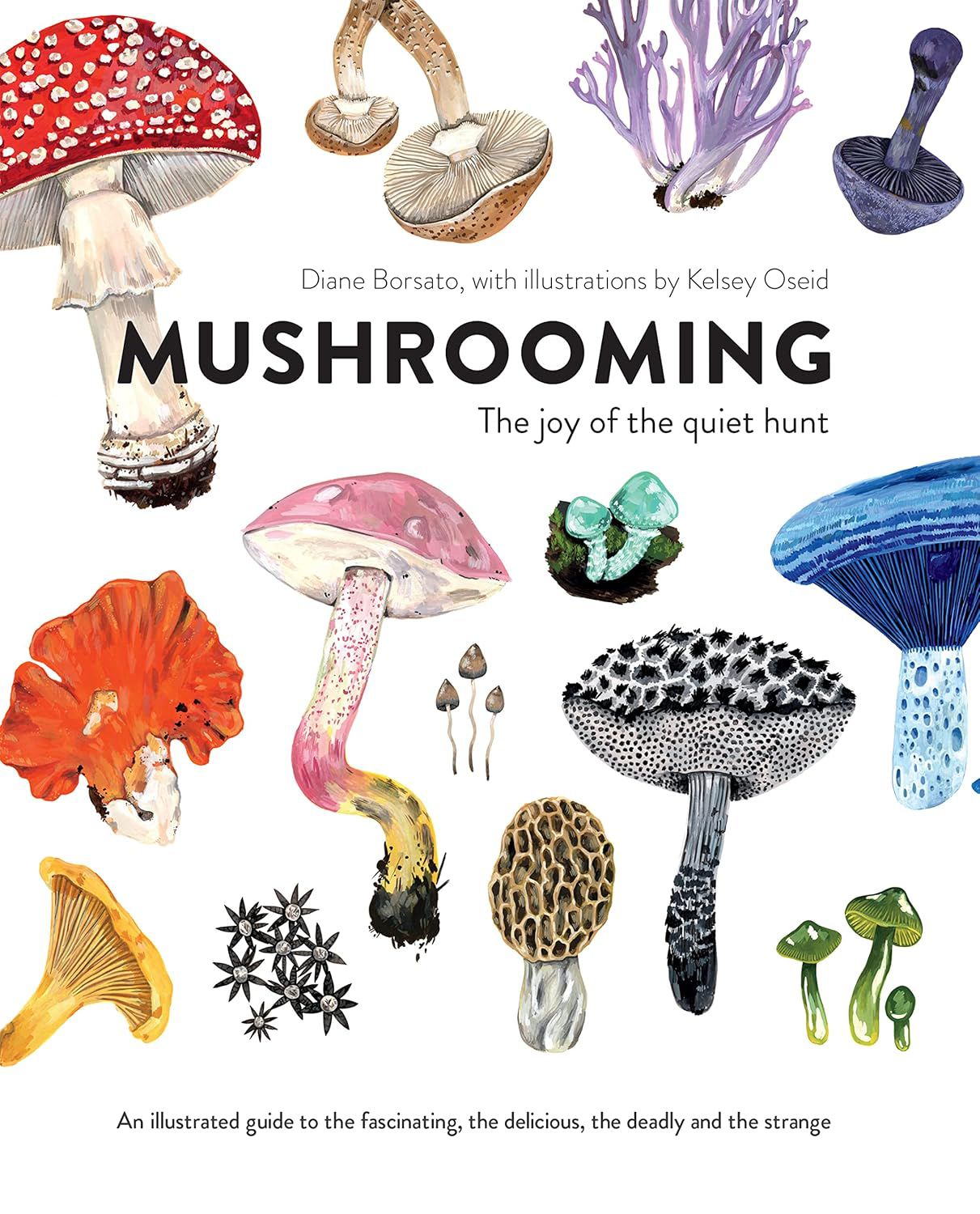


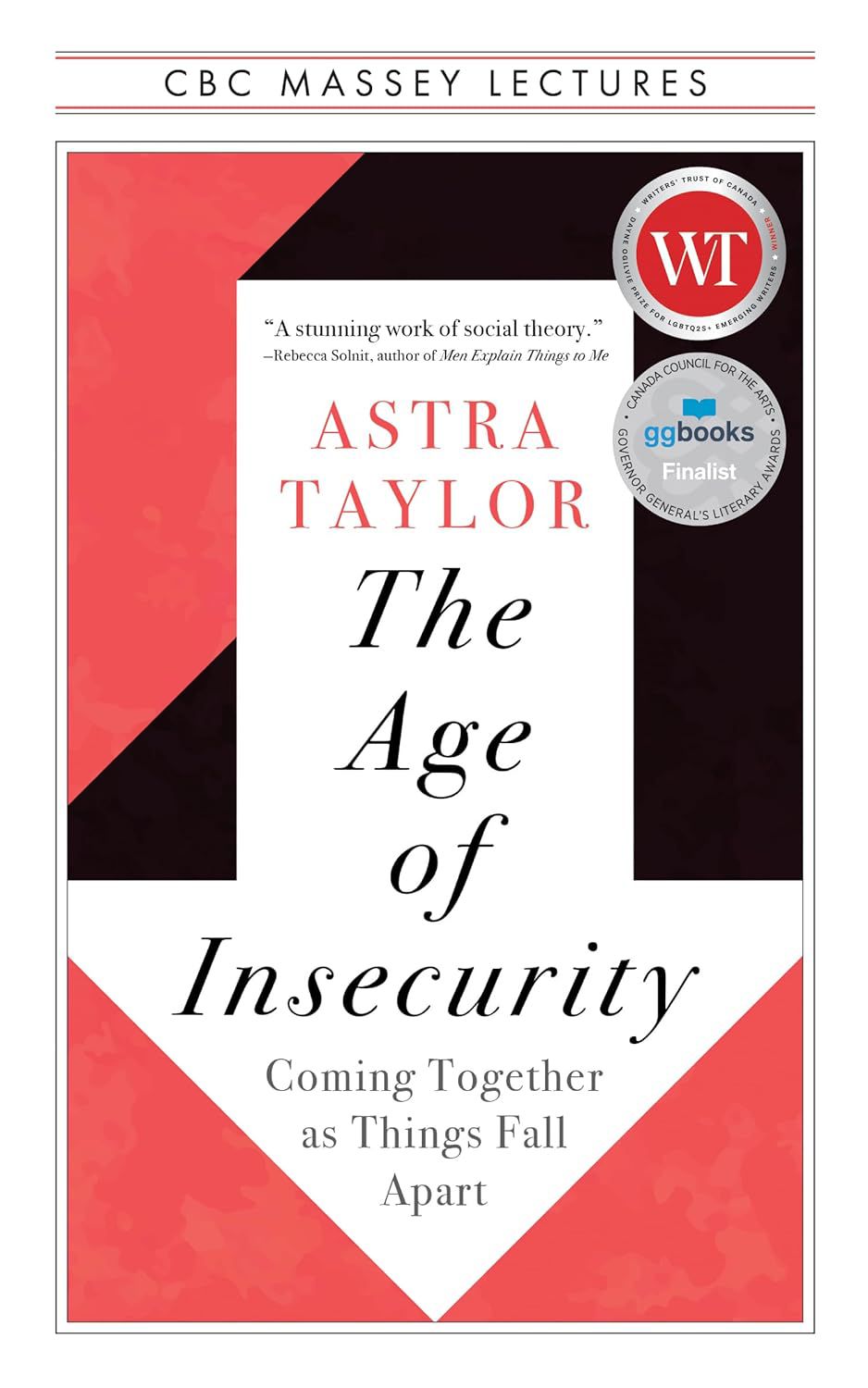
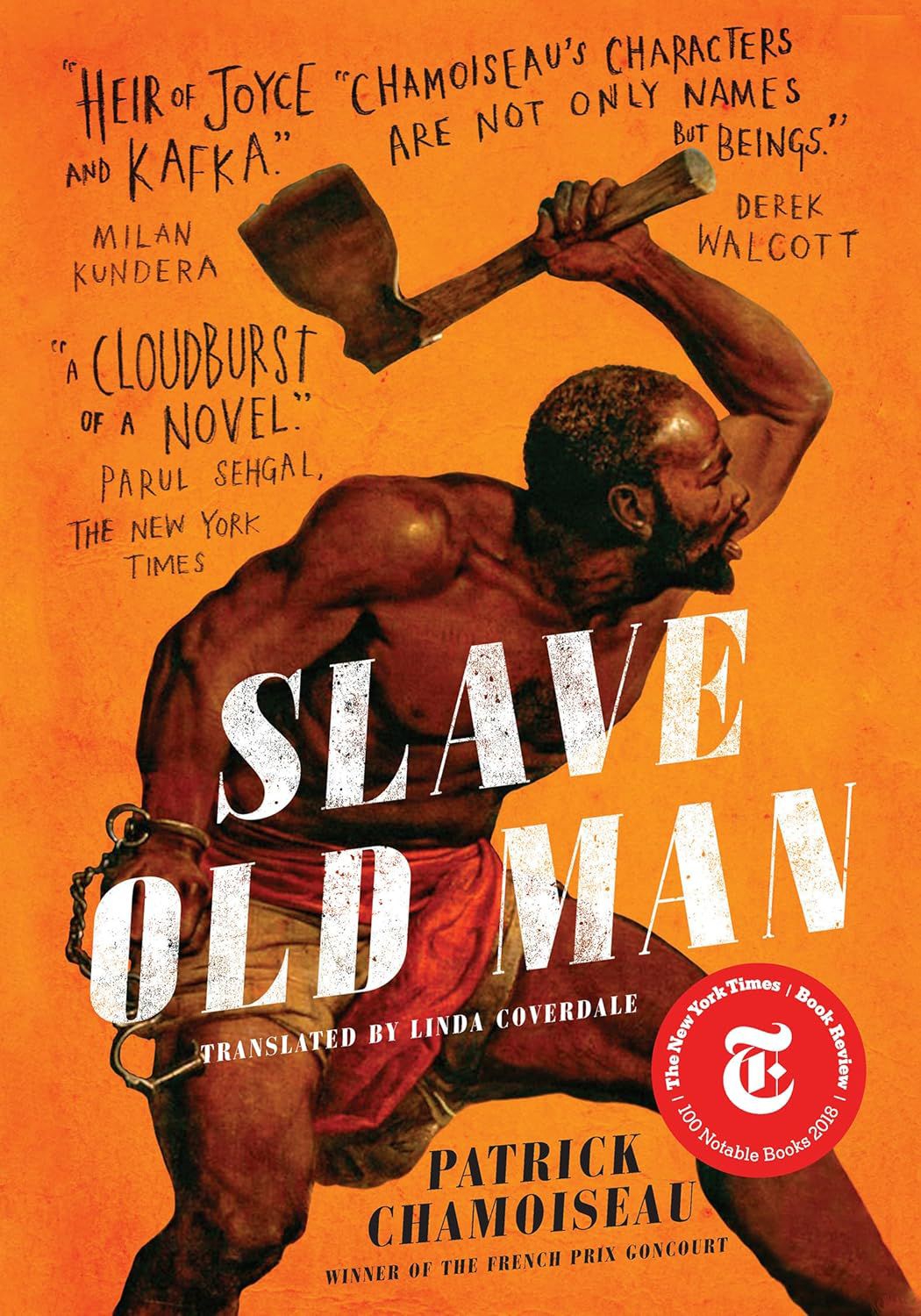
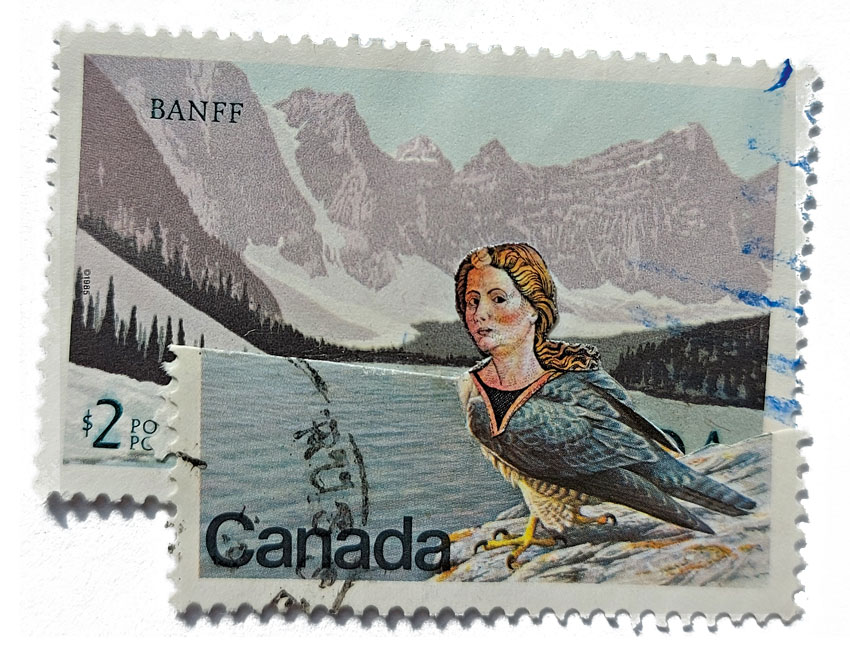
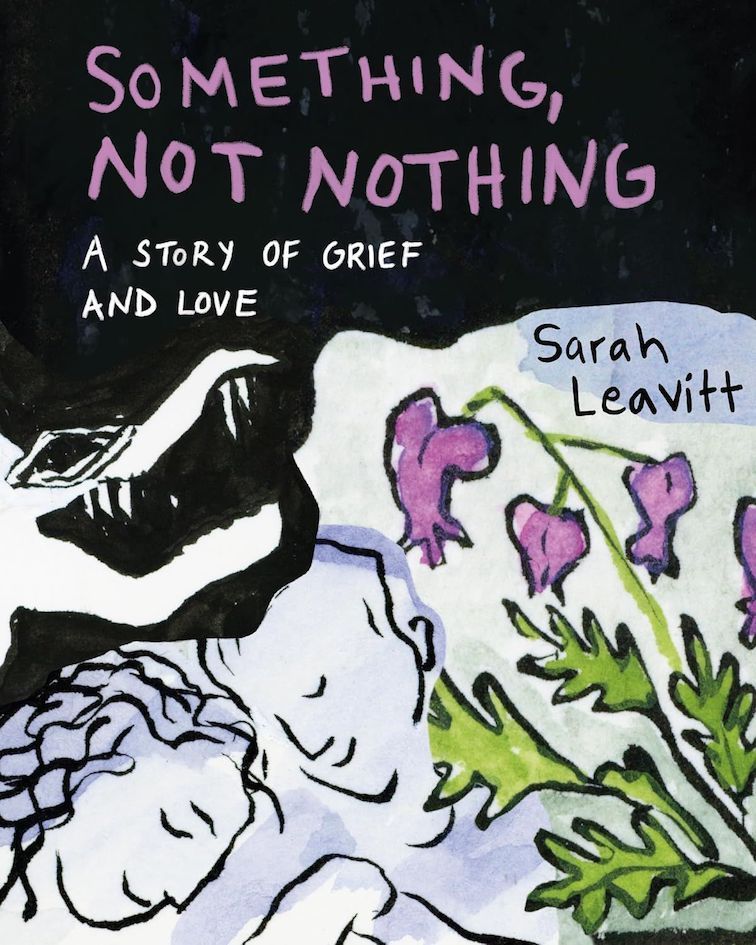
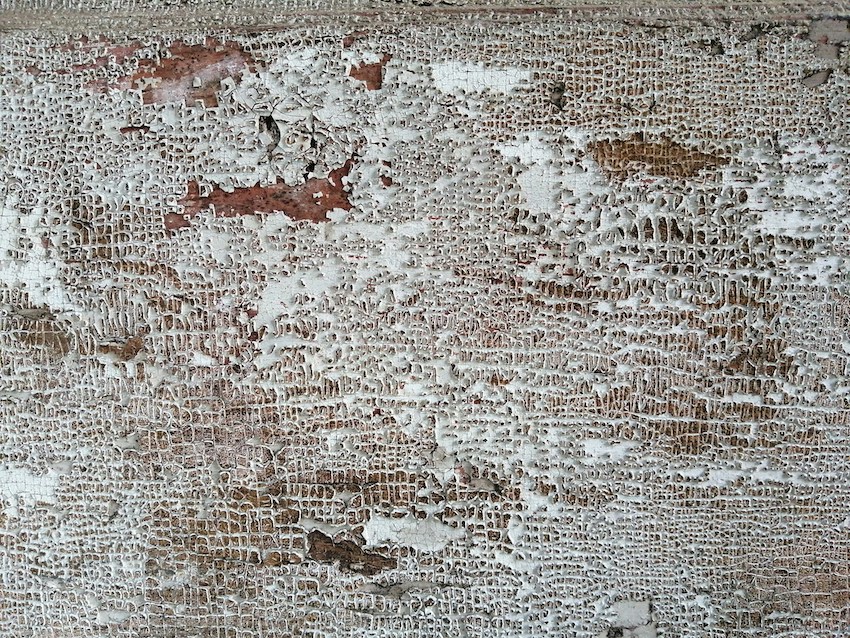








.jpg)